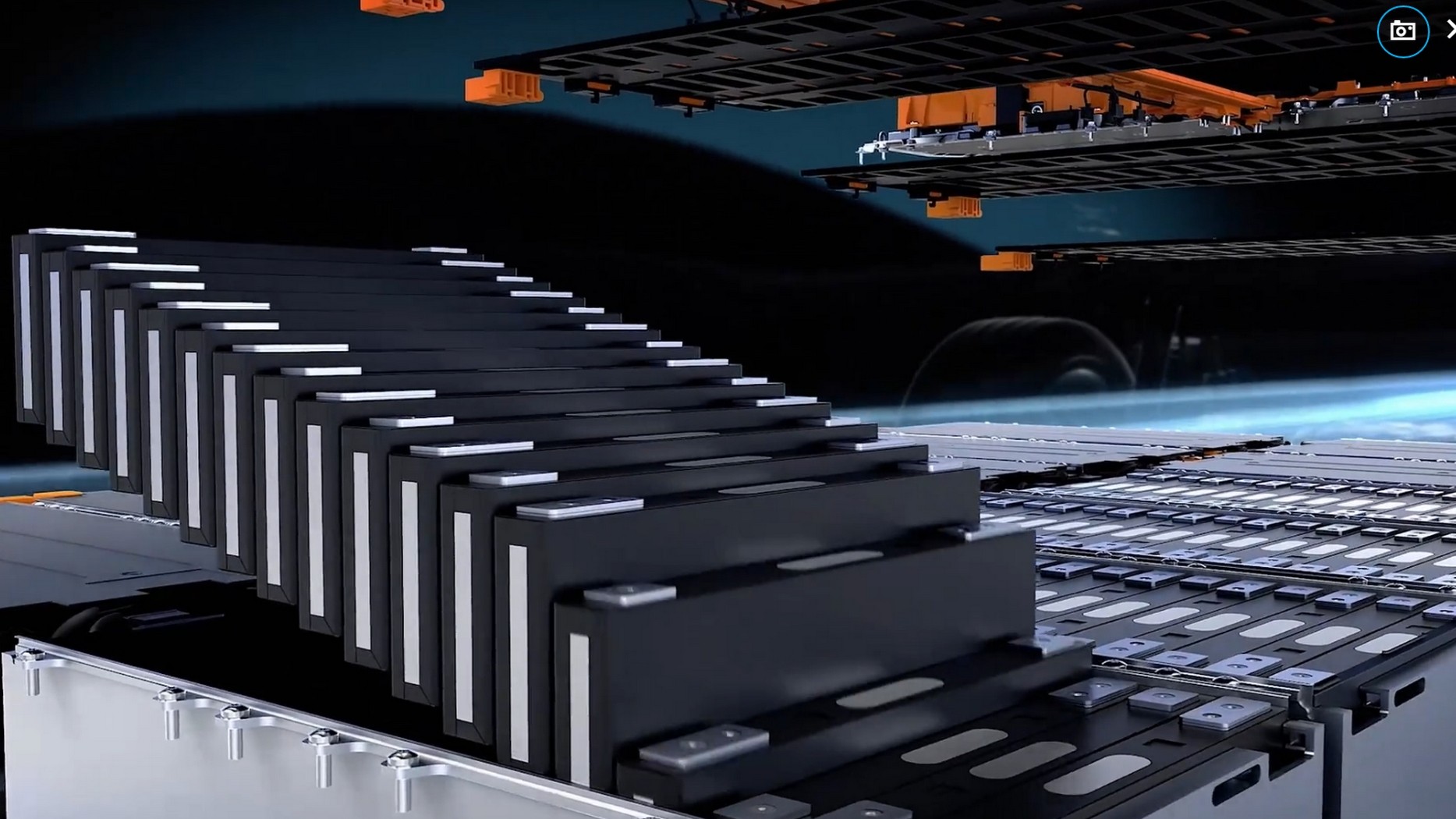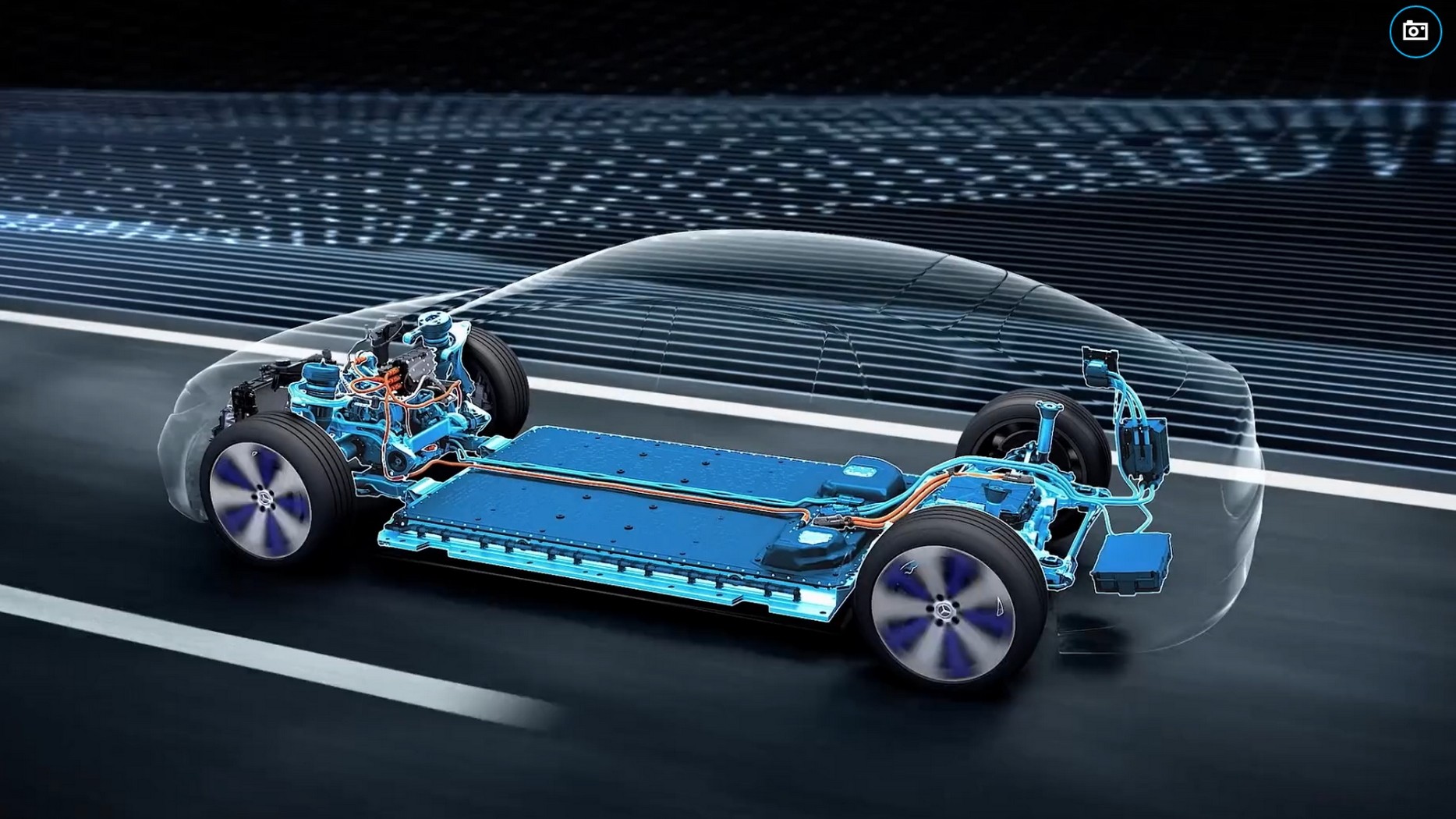BEV enthusiasts often cite studies and statistics to support their claims about the safety and affordability of electric vehicles. However, these claims often overlook the fact that BEVs are relatively new and have not been on the road for as long as ICE vehicles.
Additionally, while many studies predict that BEVs will soon be cost-competitive with ICE vehicles, this prediction seems to be consistently pushed back. Goldman Sachs’ latest study suggests that 2026 will be the year when BEVs achieve cost parity with ICE vehicles.
However, this prediction is based on certain assumptions about battery prices and the cost of other components. According to the study, battery prices are expected to decline to $111/kWh by the end of 2024, down from $149/kWh in 2023.

However, this prediction seems inconsistent with the pricing of BEVs on the market. For example, one BEV manufacturer sells a 100-kWh battery pack for $20,000, which implies a battery cost of $200/kWh. Furthermore, this same company charges an additional $10,000 for the right to keep the old battery pack, effectively increasing the cost of a new battery to $30,000 or $300/kWh.
It is important to note that the cost of a BEV is not solely determined by the cost of the battery pack. Other factors, such as the cost of the electric motor, the charging infrastructure, and the design of the vehicle, also contribute to the final price.
Additionally, the cost of ownership of a BEV may be lower than that of an ICE vehicle due to lower fuel costs and maintenance requirements. However, these factors may not be sufficient to offset the higher upfront cost of a BEV.
While BEVs offer many advantages over ICE vehicles, such as lower emissions and reduced noise pollution, the high upfront cost remains a significant barrier to their widespread adoption. The prediction that BEVs will achieve cost parity with ICE vehicles in 2026 is based on certain assumptions about battery prices and other factors that may not materialize.
As a result, it is important to approach this prediction with caution and to consider the cost of ownership of a BEV before making a purchasing decision. Recent studies on battery pack prices for electric vehicles (EVs) have presented conflicting and often misleading data.
While some research suggests that prices are declining rapidly, real world experiences and market trends indicate a different story. Many EV owners are facing exorbitant costs for battery replacements, far exceeding the figures projected by these studies.
One significant discrepancy lies in the comparison of different battery chemistries. While lithium iron phosphate (LFP) batteries are known for their lower cost, nickel manganese cobalt (NMC) and nickel cobalt aluminum (NCA) batteries are more expensive.
Unfortunately, due to the relatively new nature of LFP battery packs in EVs, there is limited data on their replacement costs. This lack of information makes it difficult to accurately assess the pricing world for EV batteries.
Furthermore, there is evidence that the prices quoted in these studies may not reflect the true costs faced by EV manufacturers. Some reports suggest that these companies are selling battery packs at a significant markup, potentially due to factors such as limited supply and high demand. This discrepancy raises questions about the transparency and accuracy of the data used in these studies.
In addition to the challenges of comparing different battery chemistries and potential markups, there are other factors that can influence the cost of EV battery replacements. These include the age and condition of the vehicle, the driving habits of the owner, and the specific battery pack design. Understanding these factors is essential for making informed decisions about EV ownership.
Finally, it is important to note that the EV battery market is constantly evolving. As technology advances and production costs decrease, we may see a decline in battery replacement prices over time.

However, it is crucial to remain informed about the current market conditions and to factor in the potential costs associated with battery replacements when considering the purchase of an EV.
The current state of EV battery pricing is complex and shrouded in uncertainty. While studies may project declining prices, real world experiences suggest that the costs associated with battery replacements can be substantial.
Understanding the factors influencing these prices, including the impact of different battery chemistries, potential markups, and other variables, is crucial for making informed decisions about EV ownership.

